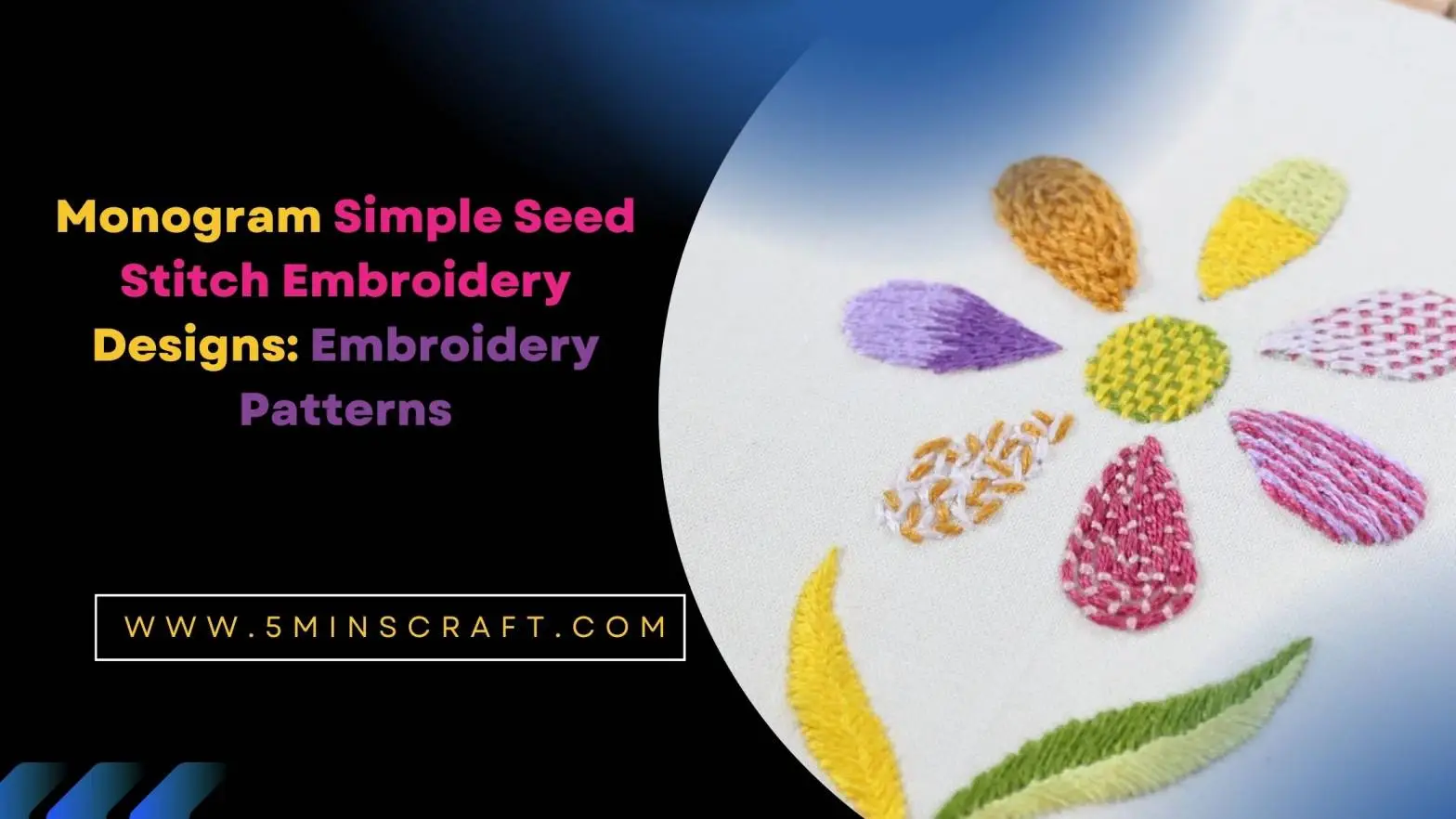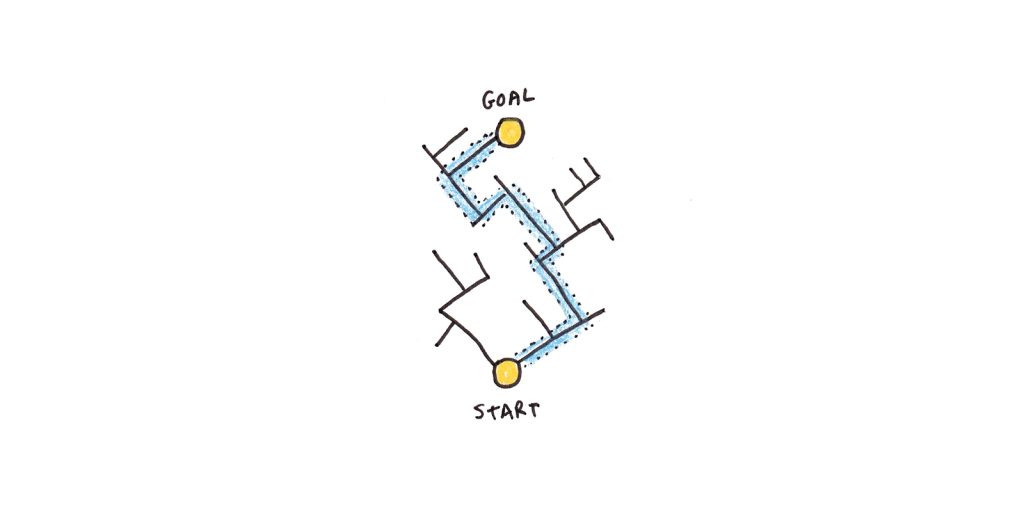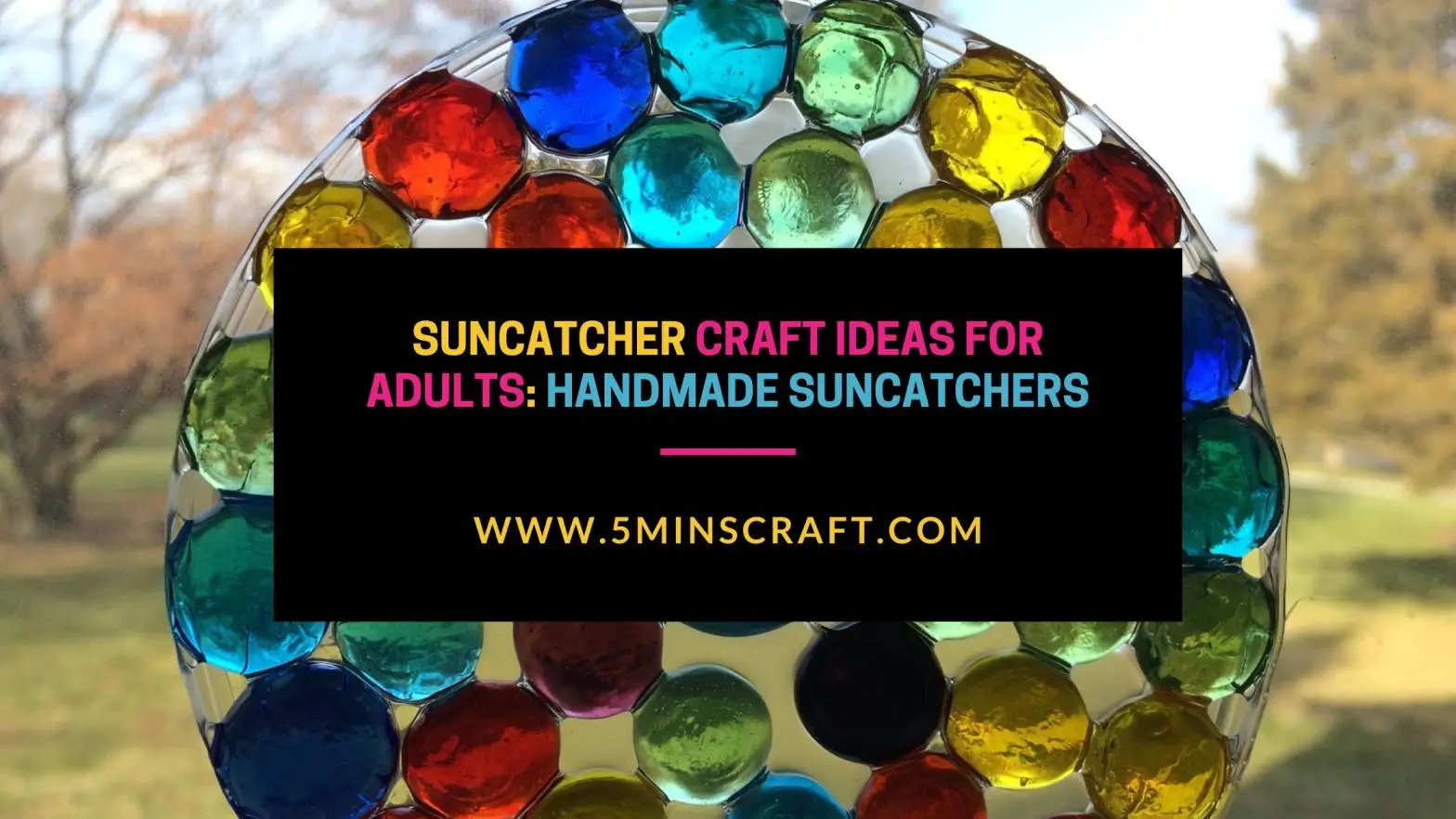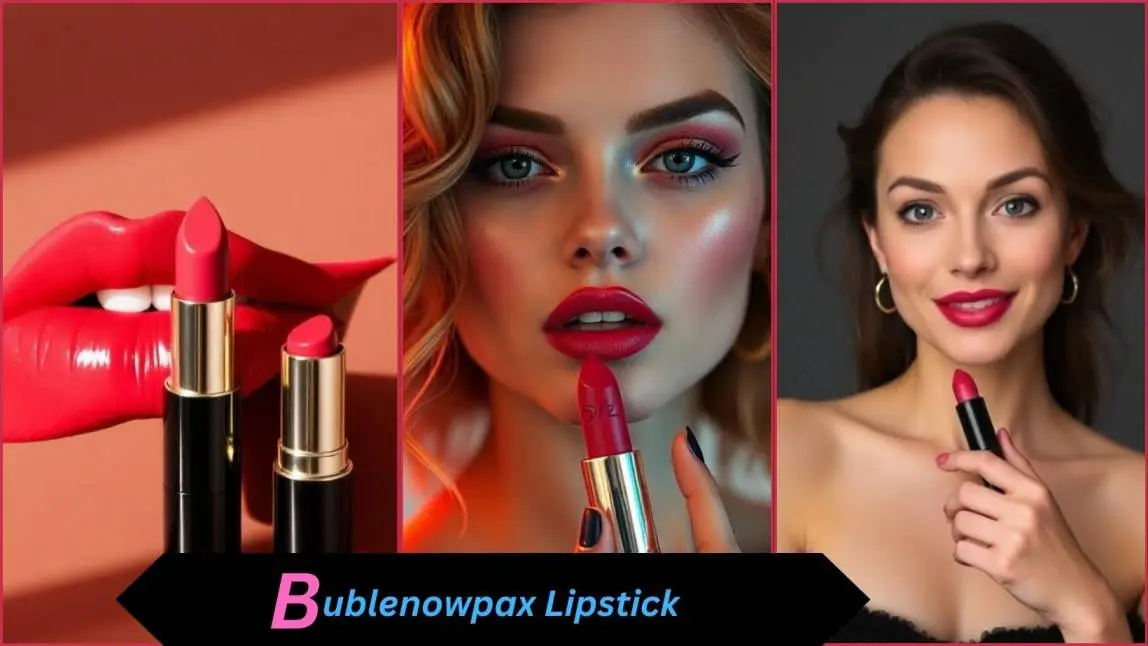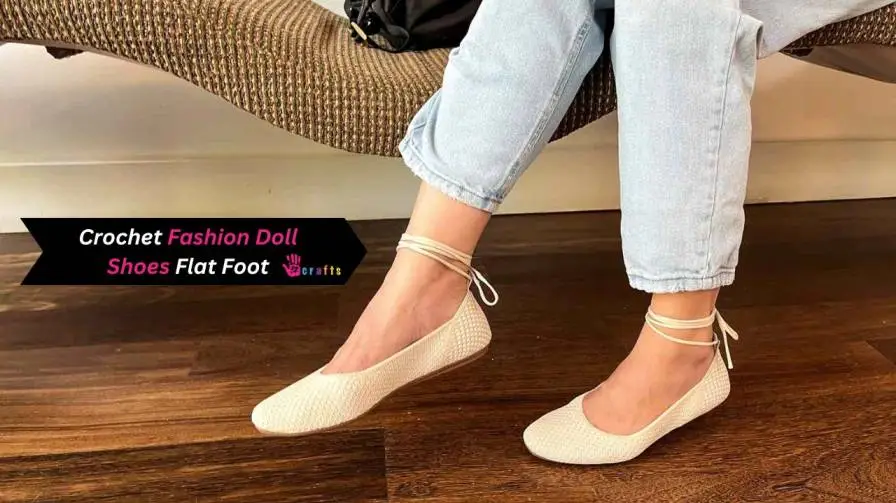Monogram Simple Seed Stitch Embroidery Designs. Incorporate seed stitches into your next stitching endeavor! As a "filler stitch," the seed stitch is excellent for filling in hand-embroidered areas and giving your needlework piece an appealing feel. Small, equal-length straight threads spaced randomly throughout the surface make up this basic stitch. Alternate each stitch's direction. You have to really, really strive to make a mistake since it moves swiftly and there is no defined pattern.
The fact that this pattern is non-directional, meaning it looks well straight on, sideways, or off-kilter, is one of my favorite features. Try the double seed stitch first; it's the same as the single seed stitch, but there are two parallel stitches in every position.
Monogram Simple Seed Stitch Embroidery Designs
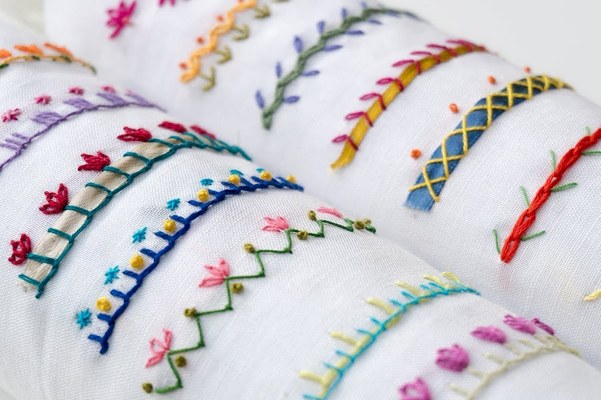
Read Also: DIY Large Outdoor Cage From Trampoline Net: Outdoor Living
How is the Seed Stitch done?
Monogram Simple Seed Stitch Embroidery Designs, this stitch employs basic running stitches in a single direction. Though there is a little difference—it has larger threads on the back and shorter stitches above the fabric—it looks visually similar to the darning stitch. Their name is likely derived from the fact that they resemble strawberry seeds. Because of their similar names and characteristics, the terms "Seed Stitch" and "rice stitch" are often used interchangeably. They are only variations of one another, but otherwise they are almost identical. In order to illustrate this stitch and its use, I will work within a leaf-like design. The cloth gains strength and texture from the Seed Stitch.
Resources
Fabric for embroidery
Thread or embroidery floss
Instruments
The right size embroidery needle for your thread or string
Scissors for embroidery
Hoop for embroidery
You Must Read: 10 Life Hacks You May Not Have Known
Guidelines
To create your first stitch, raise your needle at point A and then lower it at point B.
The seed stitch aims to fill an area with many tiny stitches sewn in arbitrary directions. Proceed to raise your needle in an empty area (C), then see which direction would deviate somewhat from the stitches around it (D).
This artwork was created with only one seed embroidery thread.
Innovative Applications for Designs Using Monogram Seed Stitch
The satin stitch produces a smooth look and works well as a filler stitch for big areas.
Bring the needle up from the back of the cloth to the front to make this stitch.
Then make a long, straight stitch by bringing the needle down to the other side.
Then, as you continue to fill up the area, pull the needle back up through the cloth just adjacent to the beginning of the first stitch and repeat. To cover the space equally and prevent gaps, the stitches should be close together, almost embracing each other.
Back Stitch Whipped
On the front of the cloth, the whipped back stitch produces a line that resembles a candy cane. It's a fun method to make a thicker, rope-like pattern or to stitch with two colors.
The back stitch serves as the foundation for the whipped back stitch. Start by making a back stitch line.
Then, at the beginning of the line in the first back stitch hole, insert the needle up through the cloth from front to back.
Under the first back stitch, slide the needle. Make sure you don't sew through the cloth; just slip beneath the thread.
Chain Stitch in reverse
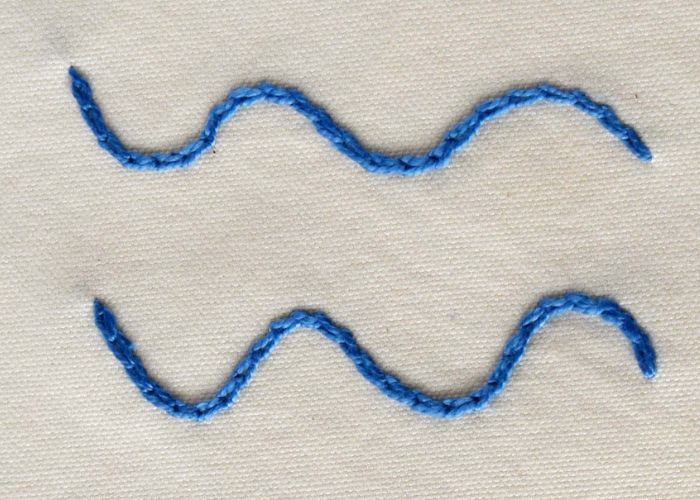
Like a chain link bracelet, the reverse chain stitch produces a looping line.
To begin, make a tiny back stitch by pulling the needle up through the cloth from the back to the front.
After that, make a hole on the back of the cloth and insert the needle through it.
For a smooth finish, use satin stitching.
Although satin stitch is sometimes used to fill in spaces, it does not work well for bigger regions. Only a basic loose stitch placed side by side makes up the satin stitch. It becomes weaker the longer it lasts. The cloth below becomes visible as it begins to rice seeding stitch seed stitch embroidery.
Read Also: Amzstar DIY Tulip Night Light Led Handmade Tulip Decoration
FAQs: Monogram Simple Seed Stitch Embroidery Designs
What is the best embroidery stitch for monogram?
Since stemmed monogram simple seed stitch embroidery designs works well on all curves, it is ideal for all script typefaces. The embroidered letter's last line will be twice as thick as the thread you use; if you use only one thread, it will seem to have two threads. When choosing how many threads to utilize in your design, keep that in mind.
What is the simplest embroidery stitch?
Straight stitch, the most fundamental hand sewing method, is a line of straight stitches sewed together. It is often used as a simple but powerful hand quilting method. While sewing parts together, you may also use it as a provisional basting stitch to hold textiles in place.
Which stitch is called queen of embroidery?
The rococo (English) and renaissance stitches are other names for the satin stitch embroidery, counted-thread queen stitch (American).
What is the most popular embroidery stitch?
Make a back stitch. Since the backstitch is the embroidery stitch we use the most, we started with it! We utilize it for each and every embroidered design we do, if I may say so.
What is the best stitch for embroidery logo?
In addition to filling complete sections, these stitches give the cloth a stunning gloss that no other stitch can match. In tiny spaces, satin threads look stunning. They give the brand a feeling of quality and work well for little designs.

